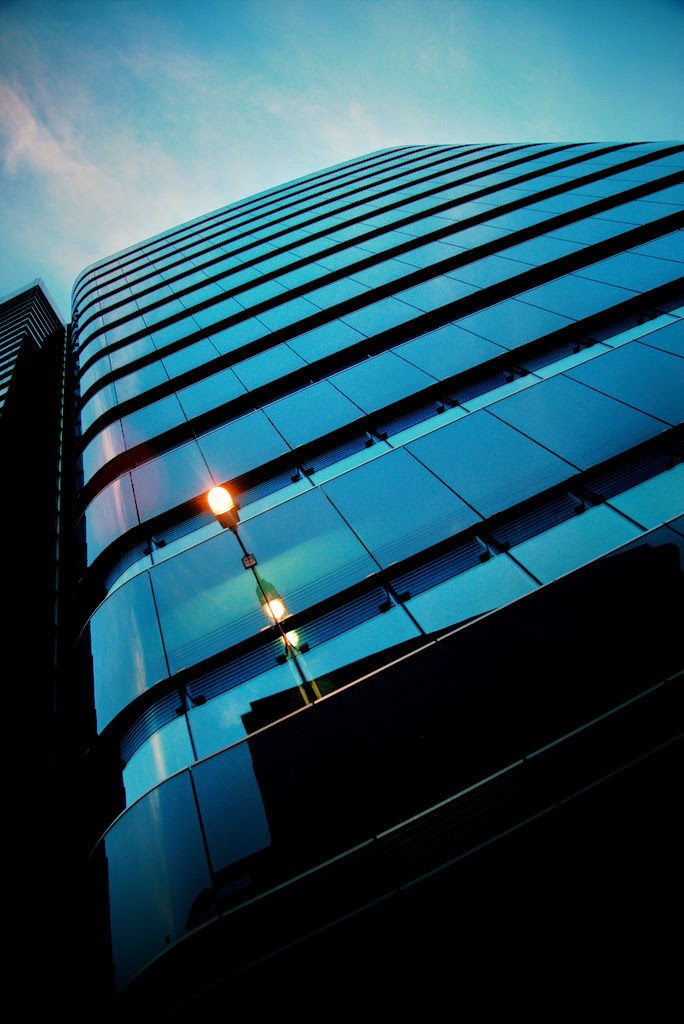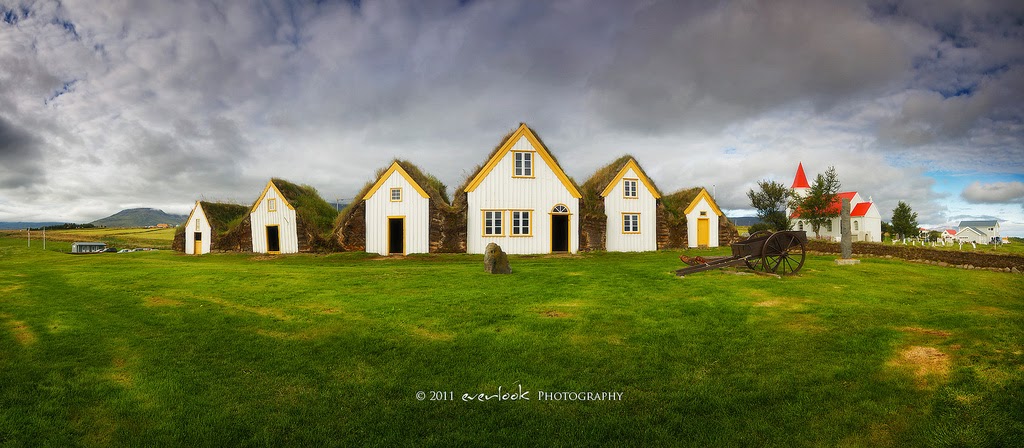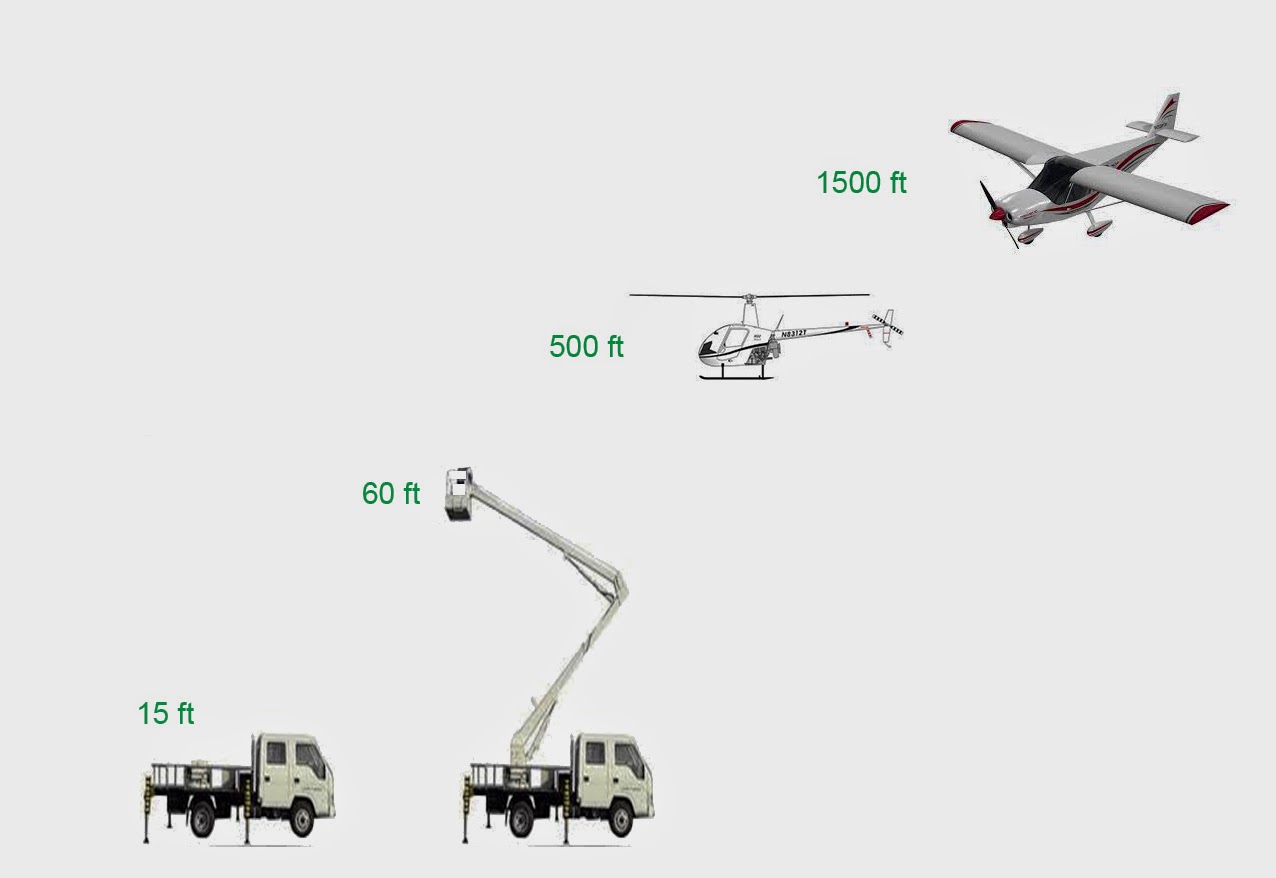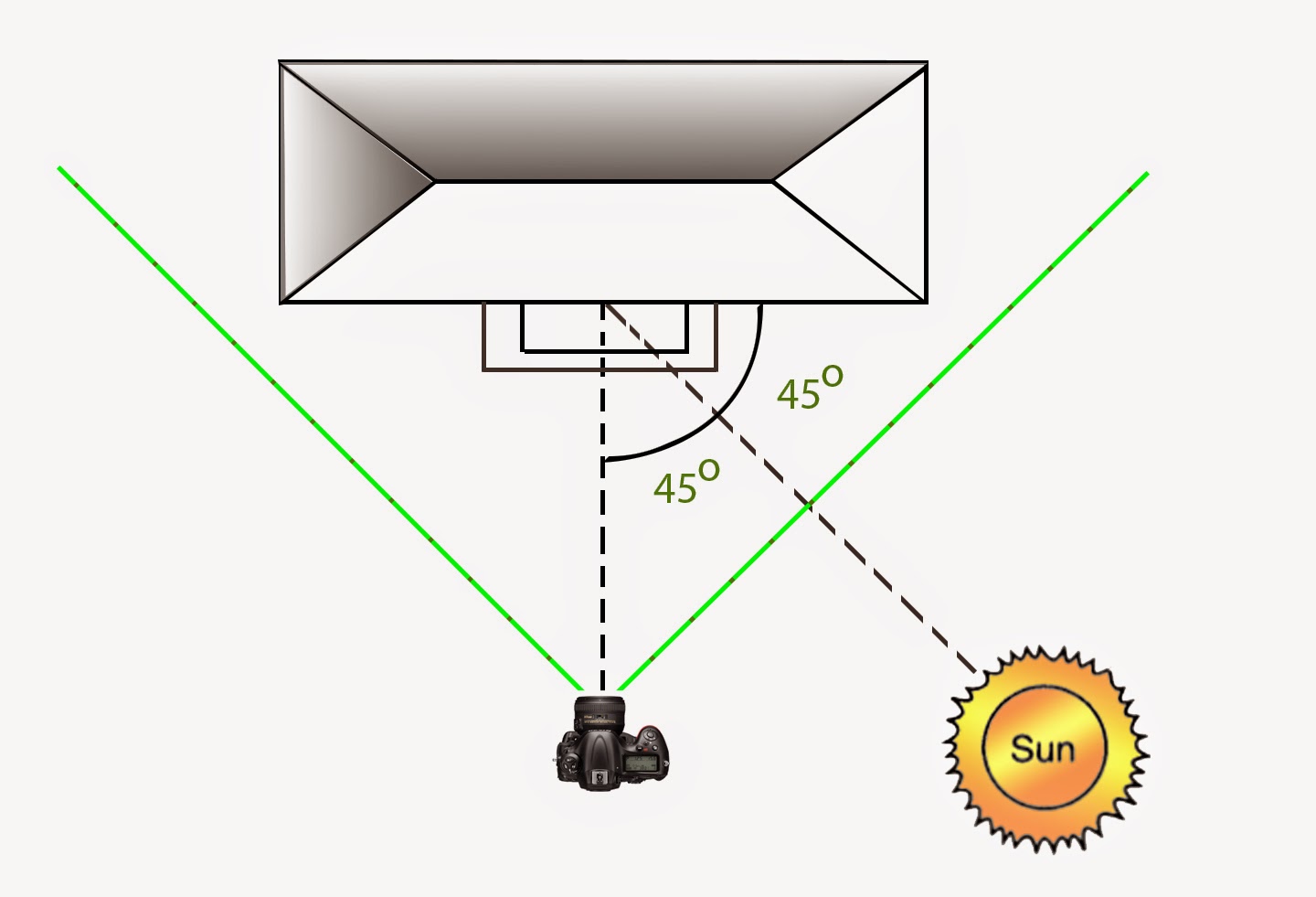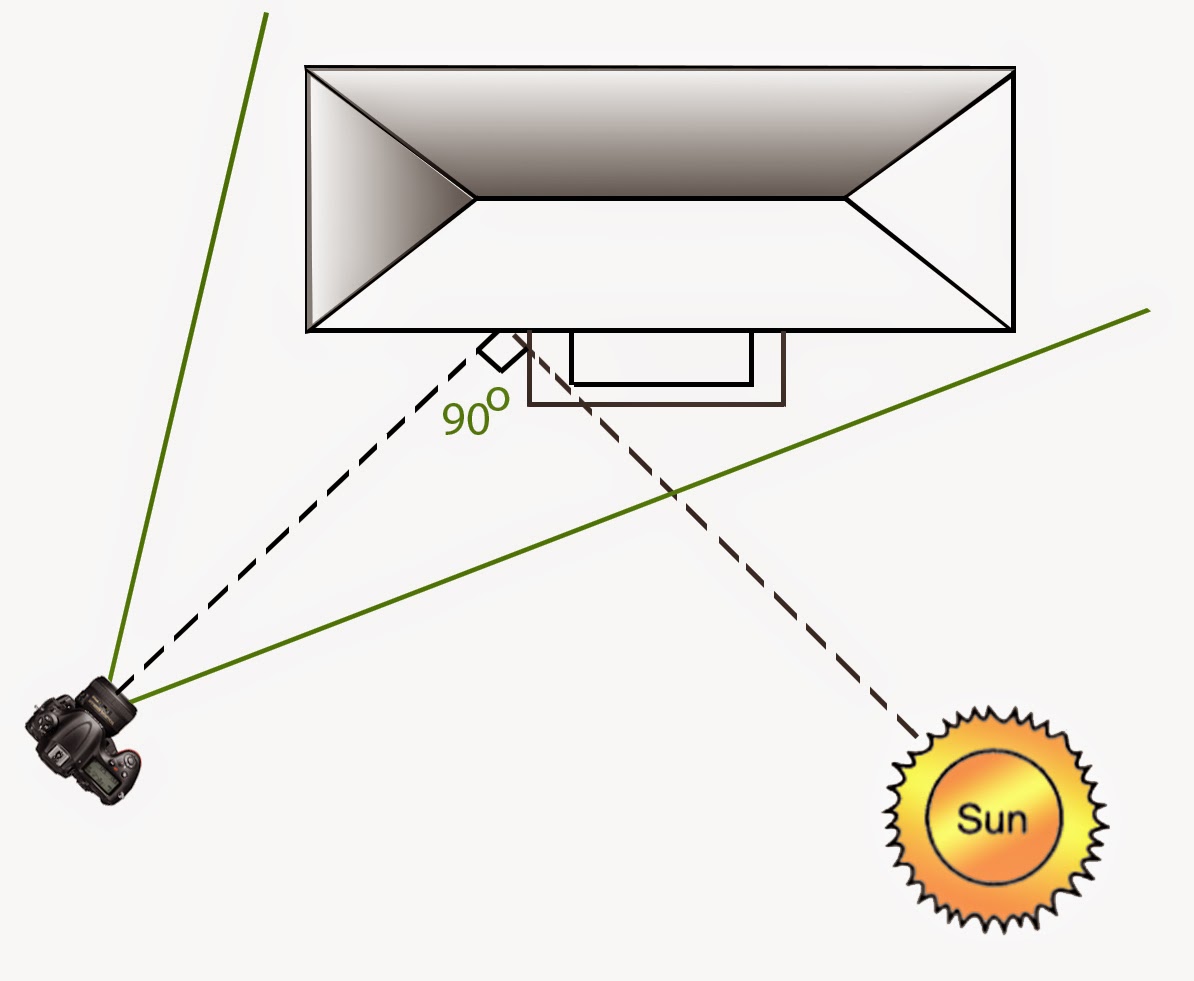Once we have determined the shooting angle , the optimum camera position to shoot from, and have our composition right it is time now to turn our attention to the little details and arrange / re arrange them if necessary in a way that will enhance the character and aesthetic appeal of the building being shot.
 |
|
styling tips for architectural and interiors photography. Photo by: Jijo John
|
Styling is one important element in professional architectural photography. It is one of elements that distinguish the work of a professional from than of an amateur. In most high end shoots, there will be a professional stylist involved, and in cases where there is none it is up to the photographer to make the place look good in the photograph.
What is Styling?
Styling involves rearranging objects already present in the more into a more aesthetically pleasing one, adding props, taking away things that really don't belong in the scene etc. People often confuse styling with interior design; but they are two different things, the manner in which an interior is styled could be very impractical (functionally) for actual living. However when done right styling make a huge difference to how a space feels, a professional stylist is one who is able to create a scene that will inspire the viewer and also accurately represent the life style of the people living in the space.
The most important thing to remember when styling a building is that depending upon the type of building being photographed, different interiors demand different treatments. The stylist or photographer should properly understand the concept, atmosphere and character of the building and look for ways to enhance it.
Styling Tips for Architecture Interiors
1. Use Elements of Colour
It is not uncommon for interior designers to furnish a room predominantly with a warm but neutral palette of colours that blend well with the neutral tones of wood. However when photographed such interiors could end up looking dull and boring. You can make the space more appealing by adding splashes of bright bold colours (think pillows, cushions, chair backs, flowers) it will also enhance the contrast in the scene.
2. Create a Feeling of Comfort
Comfort calm and serenity , pleasure and relaxation are the feelings to elicit when styling a room. No matter how grand or humble a home, lit candles , fire in the fire place, coffee table laden with great reading materials etc are common ingredients of good life and could be used to add a sense of comfort to the scene.
3. Flowers - The Best Prop that Works Every time
Flowers are undoubtedly the most commonly used accessory in interior styling; they have it all, colour, texture, beauty, aroma... each of them are works of art and they could help bring a house to life. Houseplants also could do the same but to a lesser extend. If your shoot is in a location where it is impractical to acquire some flowers, you could always go out and find some flowers, some twigs, some leafs etc with which you could easily make an arrangement that would fit the space.
4. Food - Helps Create a sumptuous and bountiful Mood
Food items like flowers bring life into a setting and so is an absolute favorite prop of stylists. Neatly laid out food and beverages invites the viewer to the party. In public living spaces food items help create assumptions bountiful mood.
In a dining room showing the table laid out for a meal and in the kitchen showing some succulent food mid-preparation are much better ways than showing an empty wooden table or a cooking range.
5. Use Books or Trinkets or Curios to Add Interest
A sideboard covered with unusual trinkets and books will help convey the character and lifestyle of the people who live in that space.
Some Popular Interior Styling Techniques
Make a casual arrangement of some books and magazines in the living room or study. You can add further interest to the shot by leaving one book open under a lamp with an open pair of glasses suggesting to the viewer that someone who was reading has just left their chair briefly.
Leaving a dressing gown which appear to be casually strewn (actually carefully arranged) across the corner of the bed could add interest to the shot. Similarly in a bathroom you can throw a towel over the edge of the bath.
An open fountain pen on a half written paper, a financial paper draping down the side of a desk etc could be used to enhance the look and feel of the office.
A cutting board with some fruits or vegetables some whole some cut and a knife could be a great thing to have in a kitchen shot.
All these are just suggestions to help you get your creative juices flowing, involve yourselves with the room, take in the ambiance, and think of how best you could convey to the viewer what you feel and you will know instinctively what is needed, this is when you add your own touch to the space and remember no two photographers will ever capture the same interior in the same way. Do keep in mind that there only exists a very fine line between what is appropriate and what is outrageous. One effective technique is to adopt the practice less is more.
Styling Tips for Architectural Exteriors
Although the majority of architectural shots requiring styling are interiors, exteriors shots also equally benefit from a little extra attention to detail. Whenever you show outdoor furnishings make sure it appears every bit as comfortable as indoor furnishings. Take efforts to make the space reflective of the life style of people who live there and also inviting to the viewers. You can add interest or create a sense of action in exterior shots by including articles that suggest human involvements like gardening tools, gloves, fishing rods etc. And of course the good things in life, flowers, candles, food etc could also be used to great results.
Related Reading
